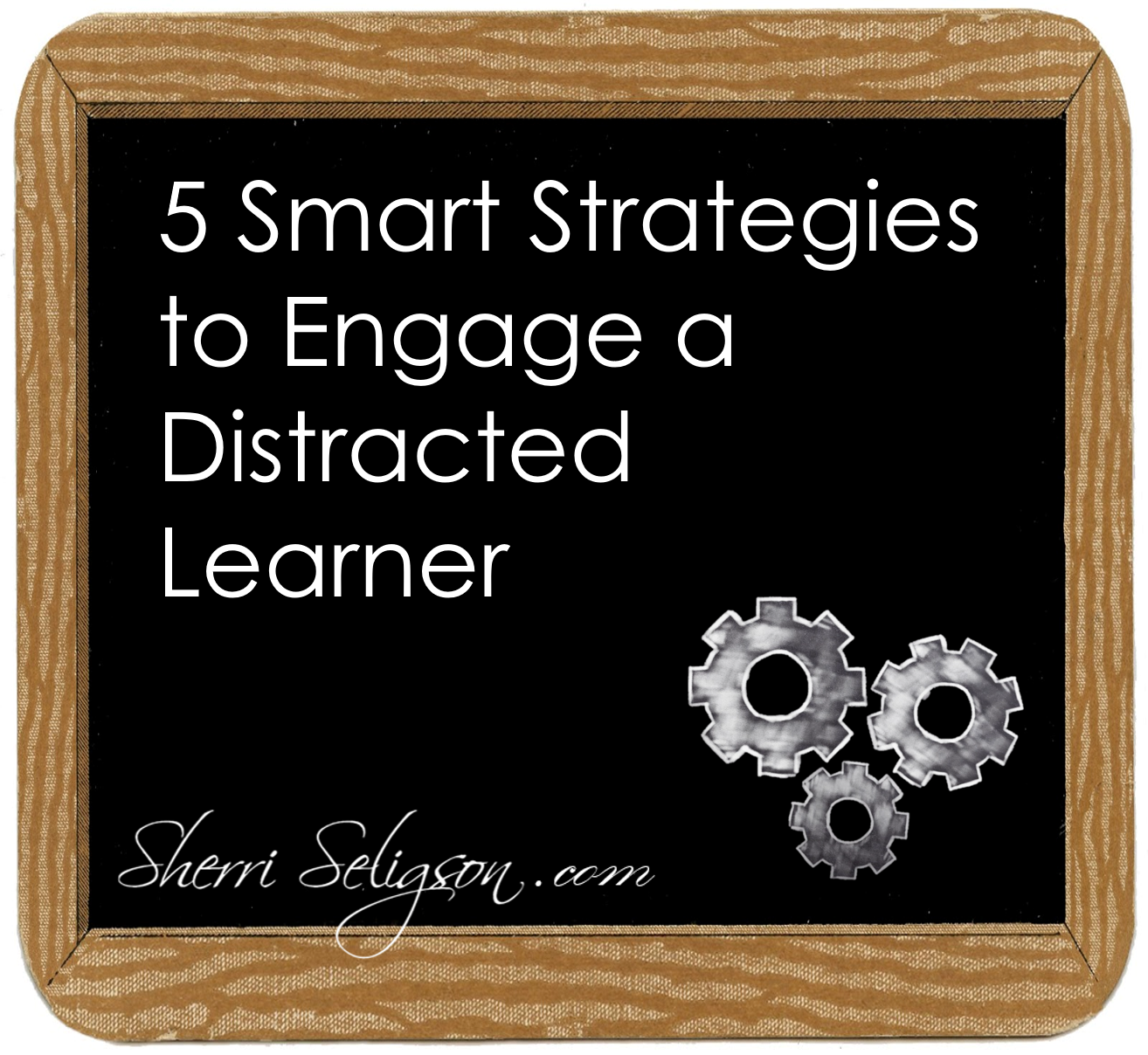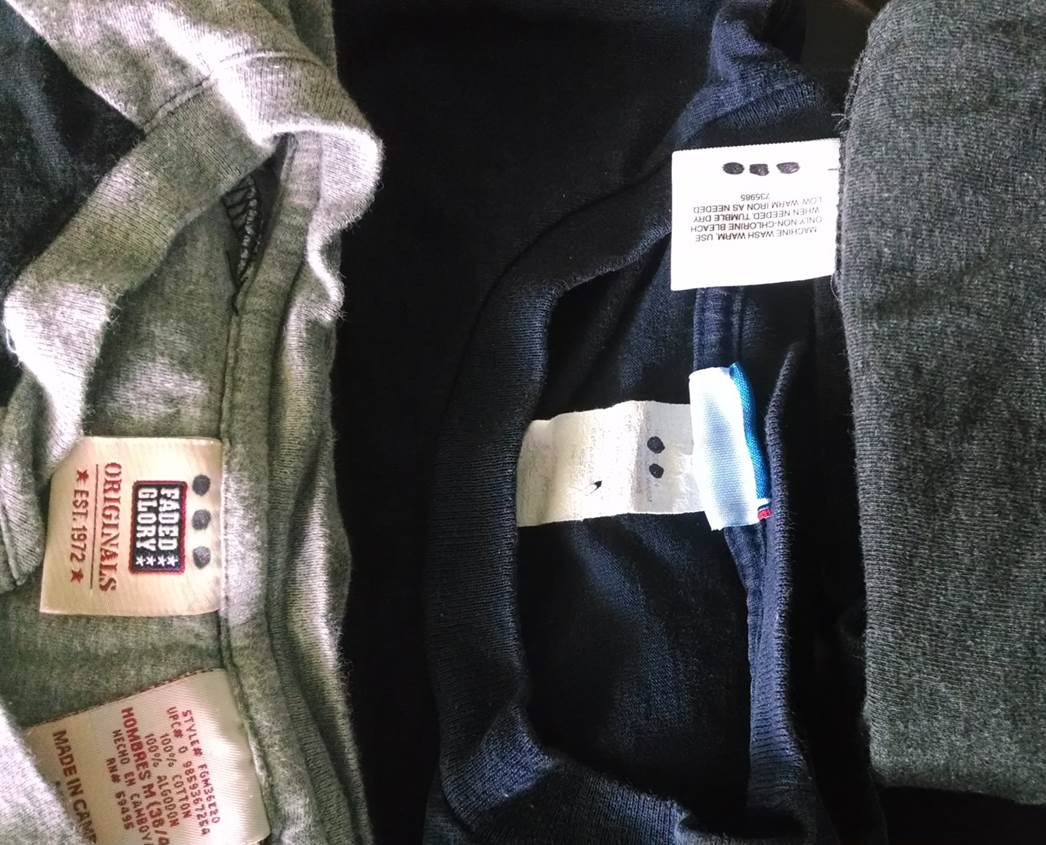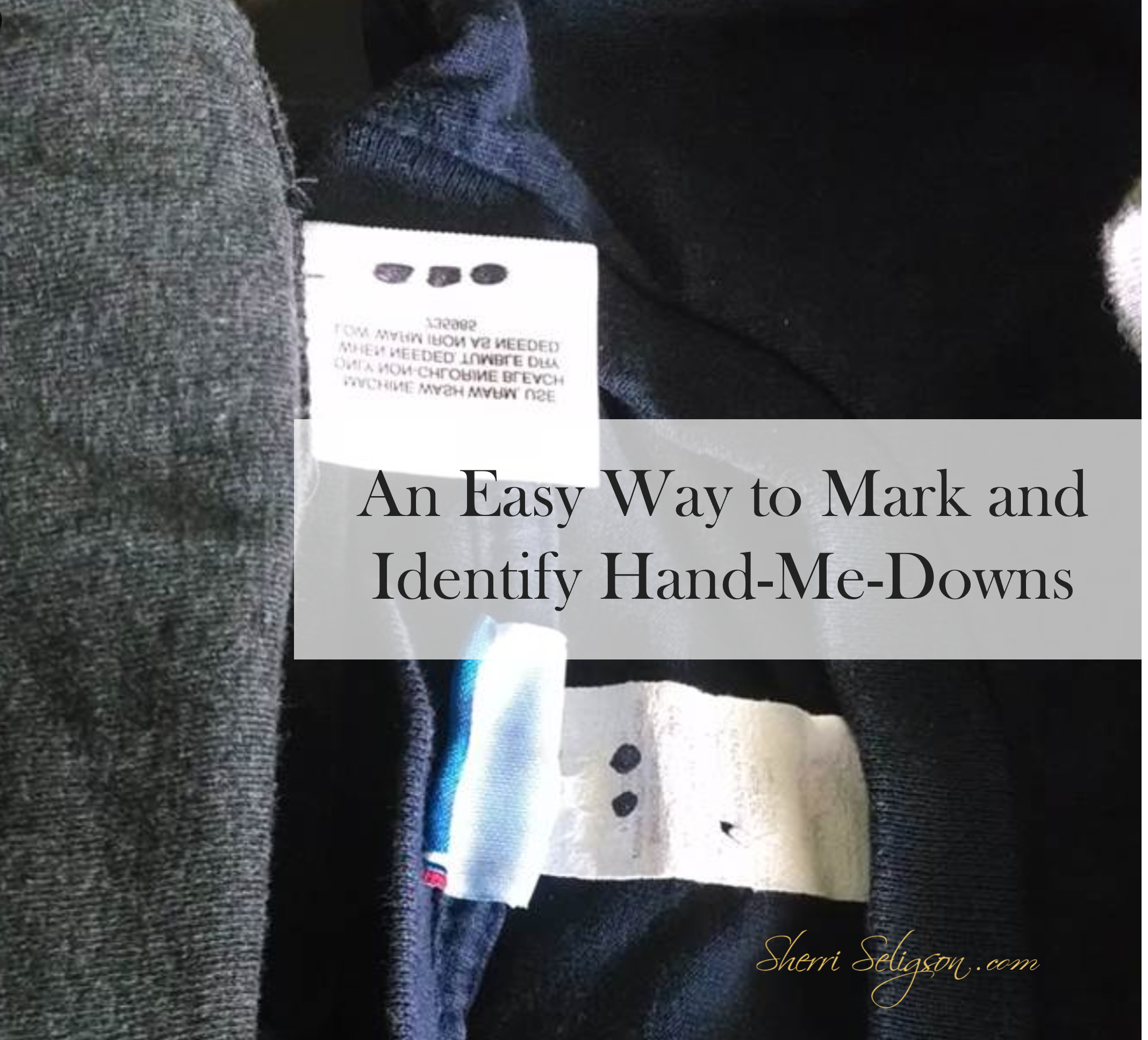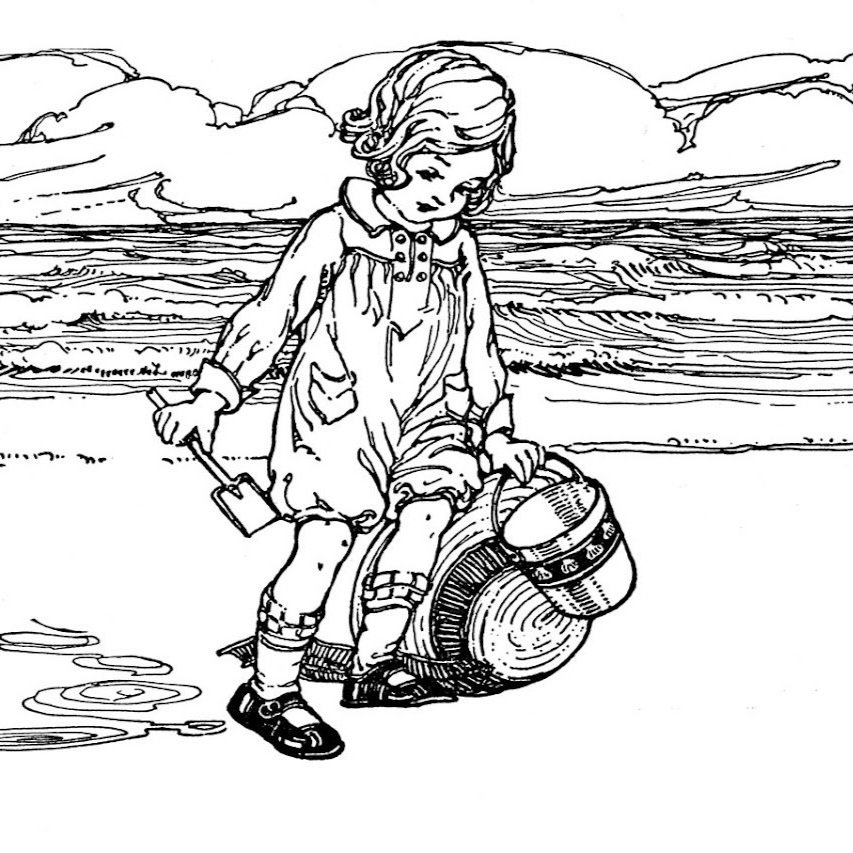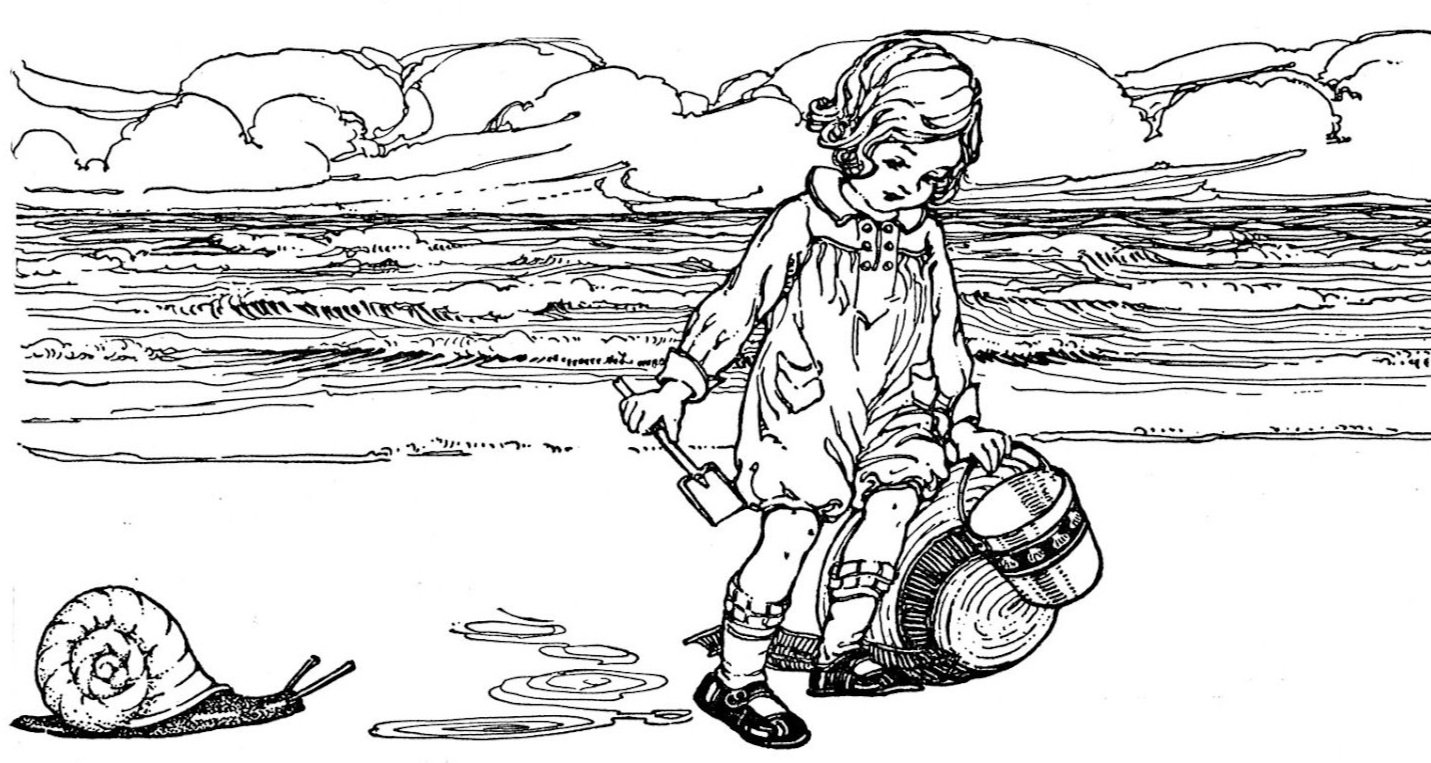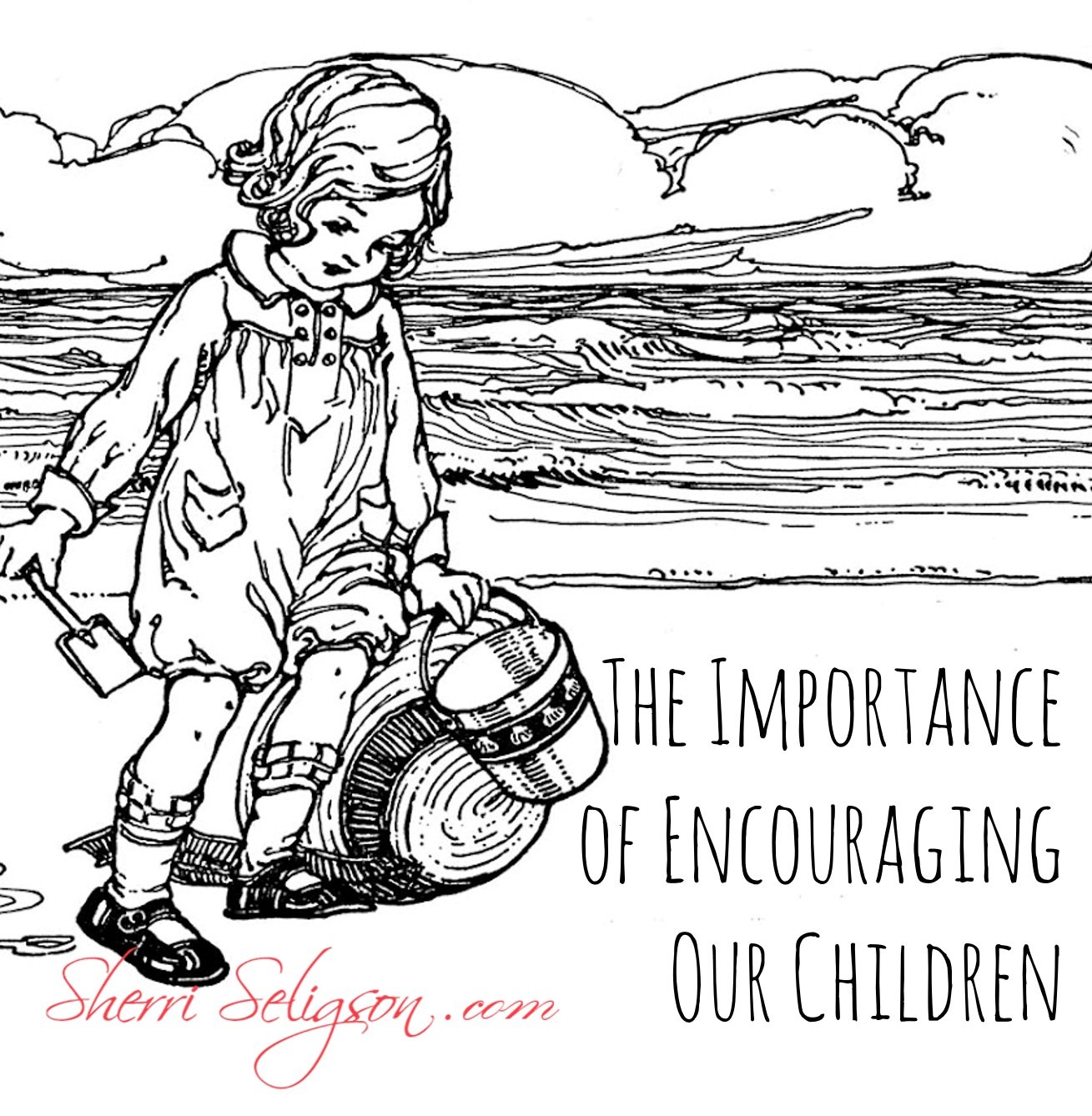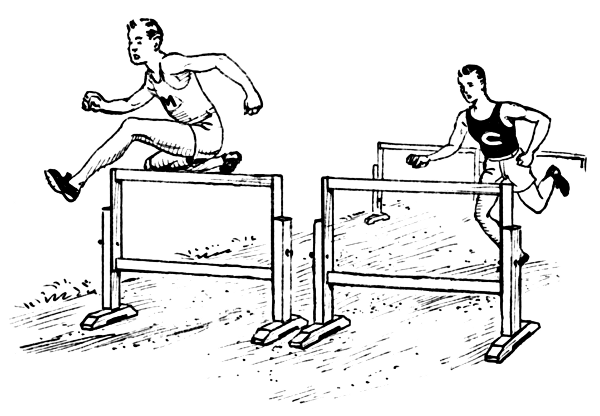
Well, if you are reading this post, you likely have a child who has a hard time focusing on things. Now, I first want to remind us all that EVERY child has a bit of a hard time focusing. It’s a physical thing. Their minds are developing, and they are taking in sights, sounds, and smells. They have to touch and explore everything around them. And that is good. That is how they develop and learn how the world works.
But there are some children who are diverted to a greater extent. I know. I have one. WALLPAPER distracted this child. At the age of three, he would be heading to his room, carrying some folded clothes, when suddenly he would stop and stare at the wallpaper patterns of our dining room. I used to think, “What is up with him? Is he checked out from the world?”
What I eventually came to learn is that easily distracted children are often very bright. They have a great capacity to learn. Neurologically, they are more aware of what’s around them. They can more easily take in information.
That is a good thing, and that is a challenging thing. You see, with all this data coming into their heads, they have a hard time tuning it out. So when you sit them down to go over some spelling words, they may be physically sitting, but they are mentally moving in circles with the ceiling fan, wondering how it keeps spinning in one direction and doesn’t need to be unwound. They are feeling the soft fabric of the carpet under their feet and trying to figure out how many toes they can completely embed in it. The sunlight coming through the window makes beams of light that expose all the floating dust in the air. They wonder how it defies gravity…

And amidst all this, you are asking them to spell the word “cough.”
No wonder they can’t focus! Yet we know they can work on a massive, multi-step Lego model for hours without budging from their seat.
What’s the difference between building Legos and studying math facts?
Do I really have to answer that? You know as well as I do, that building Legos (or video games or whatever other free-time activity) is MUCH more fun than schoolwork. So how do we channel that ability to focus on the fun stuff and minimize the Siren-call of the wallpaper and dust when they are doing work?
Well, here are some tips I have learned over the years that have helped “reset” my child’s brain to turn it to the task at hand.
1. Go to a room where there are minimal distractions. This is a given. How do you expect them to focus on tasks if you have some toys in the room or other children playing around them? It may be in your bedroom (that is certainly a boring place for most kids!). Explain to your child that you know that there are lots of amazing things to see and discover, but you want to show them how to “discover” interesting things about their spelling words. I’m not kidding. Make it an adventure. What is the shape of this word? Why does it sound so weird and spelled so weird (just think about the “ough” sounds and you know what I mean)? Help them to see that there are some interesting discoveries in the math or science you are covering right now.
2. Give them a few options on how they will best take in the information. If you are facing a spelling list, ask them what would be the most fun way to learn the words. Do they want to paint them? Do they want to draw pictures that describe what each word means? Do they want to spell the words out using those Lego blocks or beads or pasta shapes? For math problems, do they want to write them out on colored paper? Do they want to type the problems on a computer? Do they want to illustrate the word problems, showing Timmy and his 32 watermelons?

Get them involved in some of the learning process and they will likely get into it. They will use some of those extra-sensitive sensory paths and make them work ALONG with the task instead of pulling them away from the task.
3. Intersperse their work with movement. Y’know, never underestimate the power of jumping jacks. I’m serious. There is something about moving our bodies that cleans out our minds. If you have ever seen Disney’s Alice in Wonderland, you may remember the Mad Hatter scene. Every few minutes the Hatter would interrupt what was going on and proclaim, “Change seats! Change Seats!” Then everyone would have to stop what they were doing and change their seats. Plan a few “Change seats” activities. It gets some of the wiggles out. It creates some laughter. It helps your distracted one to fill some more of those exposed nerve endings.
4. Add music. For some reason, when we hear words set to music, we are better able to remember them. Have you ever heard a song from your high school years and realize that you can sing along with all the lyrics, even though it’s been decades? But I bet you have a hard time reciting the Preamble to the Constitution you had to memorize back in 7th grade (unless you learned that in a song, too – Thank you, Schoolhouse Rock!). Take simple melodies such as nursery rhymes and set to music the words or sentences you are studying. Have them sing their definitions to you, coming up with a melody of their own.
5. Be patient. You need to remember that your distracted learner is not being defiant. They are trying to do the task at hand. They just have to do it amidst the constant input of information coming into their heads. If one method isn’t working, wait ten minutes (jumping jack time) and come back to it. Try another way. Your patient persistence will encourage their patient persistence.
And you need to know that the most important thing you can do for your distracted learner is to remind them that you love them. They need to know that YOU know they are smart. That YOU are on their side and like a sports coach, you want them to succeed!
I hope this helps you as you persevere. It is a marathon, not a sprint. You can do this! I am cheering YOU on! And feel free to let me know how I can pray for you or encourage you in the comments below.
~Sherri
